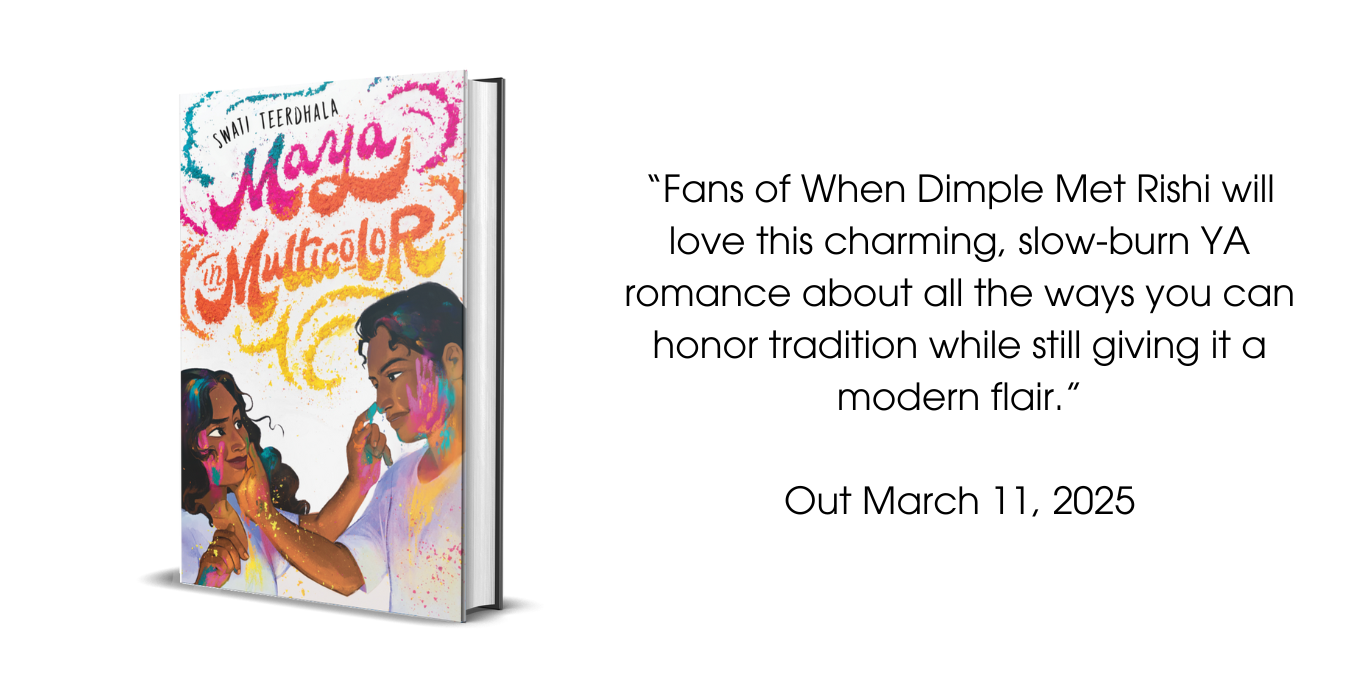Last week, I was sitting in my favorite coffee shop, working on a proposal for a new book idea. I was stuck, plain and simple, and even the latte in front of me couldn’t do much to untangle the confusion in my brain. Something wasn’t working in my first chapter.
Usually, I wear headphones while writing but since I was taking a break, I took them out and instantly got engrossed in a conversation nearby. Two friends were catching up, their words overlapping, sentences trailing off, picking up threads of old stories they both knew by heart.
One was a New Yorker of many years, the other had just moved and was clearly falling in love with the city. Both were so vividly drawn in my mind despite them sitting behind me and out of my line of sight.
This, I realized, was exactly what my current manuscript was missing. My characters were saying exactly what they were thinking and they sounded stilted. Like they didn’t know each other.
Dialogue is one of the trickiest elements of writing to get right. When it works, it disappears into the story, carrying character development and plot seamlessly forward. When it doesn't, it sticks out like a sore thumb, pulling readers right out of the narrative.
I spent the week really listening to how people actually talk around me and to me. It’s not necessarily the content I was observing as much as the rhythm.
Notice how people rarely speak in complete sentences? How they interrupt themselves, change direction mid-thought, use filler words? I definitely did last week. For example—
Grocery store phone conversation:
"So I told him—you know how he gets—I just couldn't deal with it anymore."
Real dialogue is messy. It's full of starts and stops, "ums" and "likes," trailing thoughts and abrupt subject changes.
The next step I took was to go back and study dialogue in my favorite TV shows.
I spent this time really listening to the cadence of those TV conversations. Aaron Sorkin's work is particularly great for this—"The West Wing" is a masterclass in how dialogue can be both stylized and natural-feeling. Honestly, his screenplays are pretty brilliant too.
It goes back to what someone once told me—you want dialogue to be real, but not too real. There’s a delicate balance. No one wants to read a book full of “Um, well, you know” just as much as they don’t want to read one full of speeches like the one from Braveheart.
Part of developing a narrative voice in a work is finding out where you fall on that line.
My favorite type of dialogue is romantic banter, personally, which is probably why I write so much of it. A tennis match between people. That’s the perfect blend of real and stylized. But that’s a whole other newsletter that I’ll write later.
Okay, so how do we fix dialogue that's already written?
Read it aloud. Better yet, record yourself reading it and play it back. You'll hear immediately when something sounds unnatural.
Cut the formality. Unless you're writing very specific characters, most people don't use perfect grammar when they speak. They use contractions, fragment sentences, drop words.
Before: "I do not understand why you would do something like that."
After: "I don't get—why would you do that?"
Let characters interrupt each other. Real conversations aren't perfectly choreographed turn-taking exercises. Sprinkling in some natural speech patterns makes dialogue feel more real.
Give each character a distinct voice. I recently watched an old TV show where one of the characters had the habit of starting sentences with "Look," when he’s frustrated. Another character trails off when she's trying to make a point without actually making it.
Pay attention to subtext. What's not being said is often more important than what is. Think about what your characters are really trying to communicate beneath their words.
Remember that dialogue isn't just about exchanging information. People talk to convince, to evade, to connect, to push away. What does your character want from this conversation?
Here’s an example:
"I think we should discuss what happened last night," she said.
"I would prefer not to talk about it," he replied.
"We cannot avoid this conversation forever," she insisted.
Stiff, right? Here's how I might rewrite it:
"About last night—" she started.
"Don't."
"We can't just pretend it didn't—"
"Actually, we can. We don’t have to ever mention it again."
Same information, but now there's tension, character, and rhythm.
The subtext is clear: one character pushing for confrontation, the other actively avoiding it, both revealing their personalities through how they approach the conflict.
Writing good dialogue isn't about transcribing reality—it's about capturing its essence. It's about finding that sweet spot between authenticity and artistry, where your characters feel real enough to step off the page but interesting enough to keep readers turning pages.
So next time your dialogue feels stiff, try taking off those headphones. Listen to the world around you. Pay attention to how people really talk—not just what they say, but how they say it.
And remember, sometimes the most important parts of a conversation are in the spaces between the words.
What about you? What are your tricks for making dialogue feel more natural?
If you enjoyed this post, would love it if you could like and share!
P.S. If you liked this and are working on a book, I’m offering editorial services again! You can find out more here.
If you’re curious about the books I’ve written, you can learn more here! I’ve written a fantasy romance trilogy and a cozy rom-com with a touch of magic.
My newest book, MAYA IN MULTICOLOR is out 3/11/2025. You can add it on Goodreads here and preorder your copy of MAYA here.
Support my writing
Maya in Multicolor | The Boyfriend Wish | The Tiger at Midnight trilogy |




